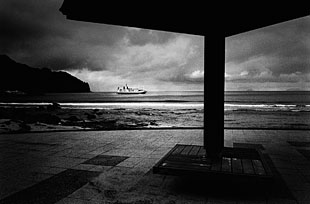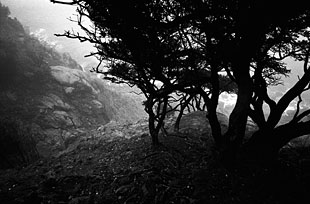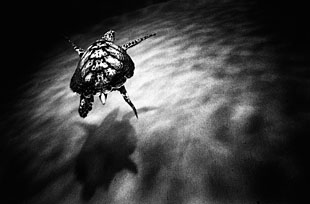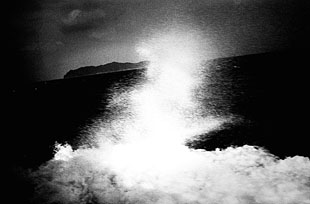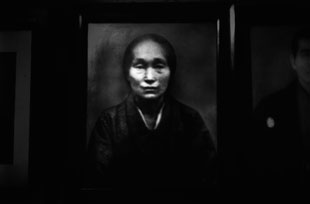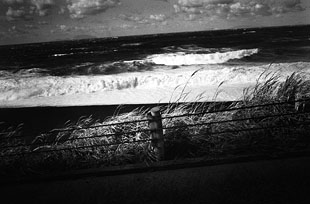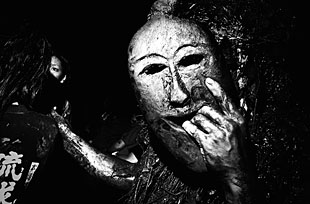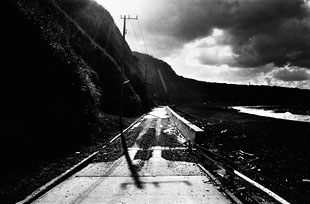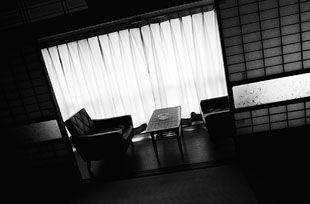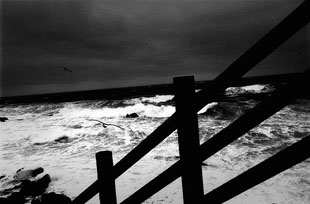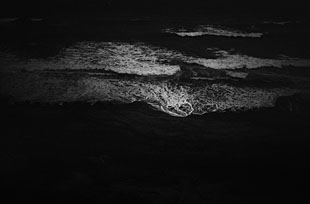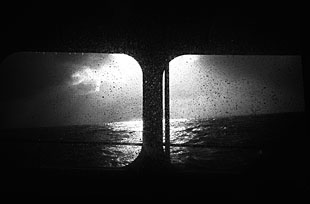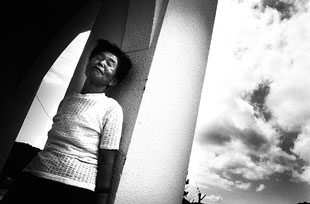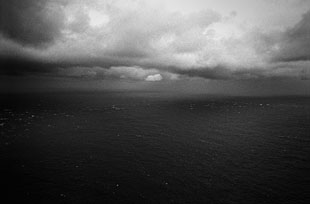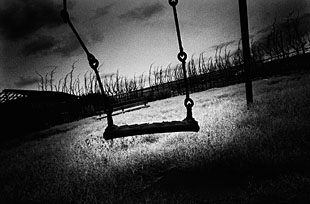Shimagatari
島語り Shimagatari (2005~2014)
Scroll down for English
日本の海域にはおよそ三百の有人島が点在する。そのほとんどが人口数百人に満たない小さな島で、住んでいるのはお年寄りばかりである。かつて漁業や交易で活気ある生活が営まれていた離島だが、高度経済成長期を境に島の人口は激減する。人々は職を求めて島を去り、集落は徐々に過疎化していった。海風と波の音ばかりが轟く島々は、今後、人跡がなかった原初の姿にゆっくりと立ち戻ってゆくのだろう。
人気のない浜辺に座って大海原を見渡した。島に渡ってきた遠い祖先も、きっと同じ風景を眺めていたに違いない。海は何も変わらない。島に去来する人々の営みだけが、生まれ、華やぎ、消えてゆく。
Apart from the larger main islands of the archipelago, there are about 300 inhabited islands in Japan. Most of them are tiny islands with small population of few hundreds, and almost of all inhabitants are elderly people. Those remote islands used to be vibrant with many inhabitants who were engaged in fishery and trading, but the islands’ population started to decline sharply just after the period of rapid economic growth in the 60’s and 70’s, thanks to the youngers who left the islands for seeking better jobs.
I suspect that most of those islands will be deserted in the near future. I overlooked the sea, sitting on the empty beach. I believe our ancestors also overlooked the same sea, sitting on the same place. The sea never changes. Only our human life does the change, which grows, matures, and dies out as time goes by (The title Simagatari means “talking about the islands”).

